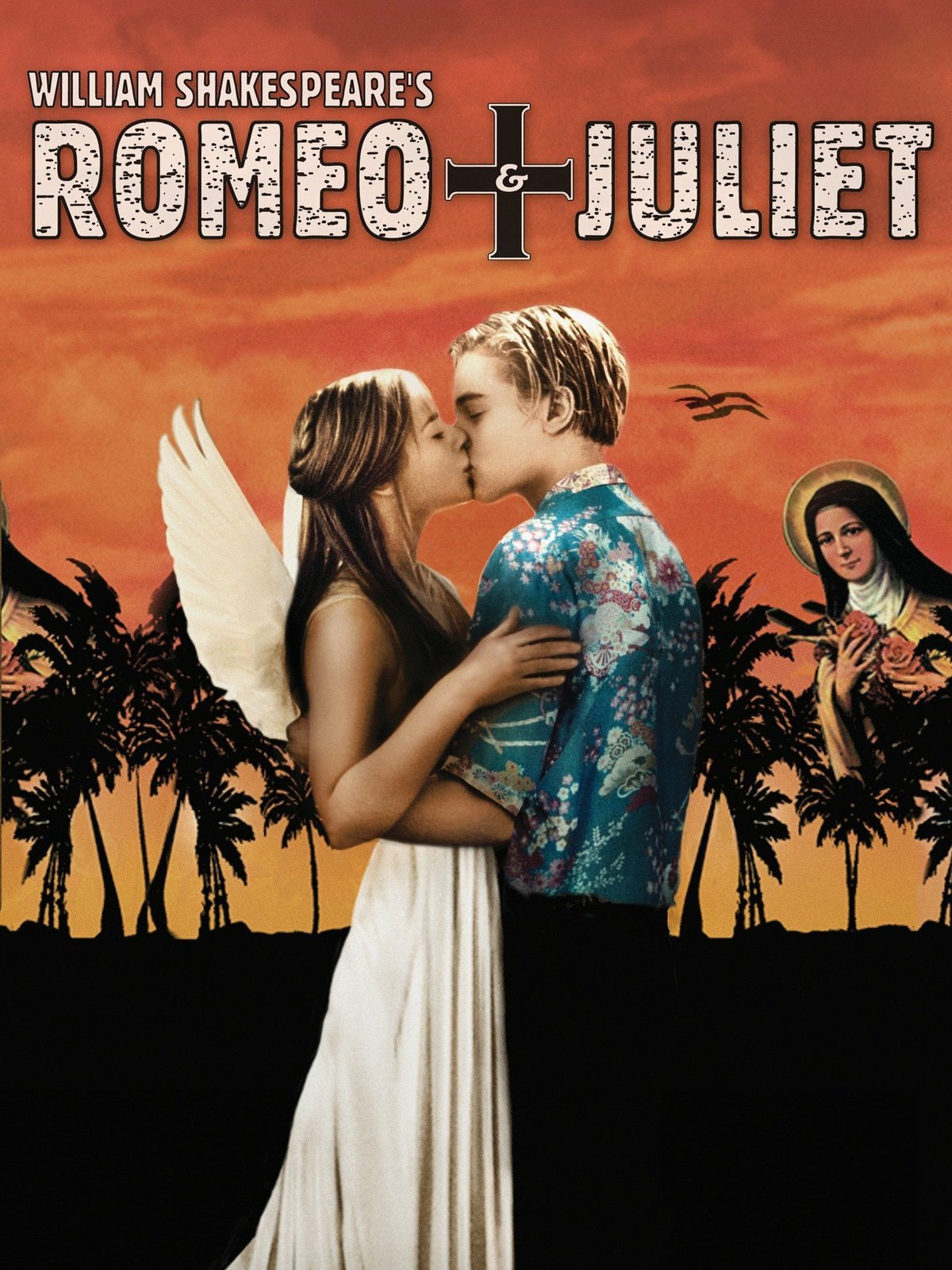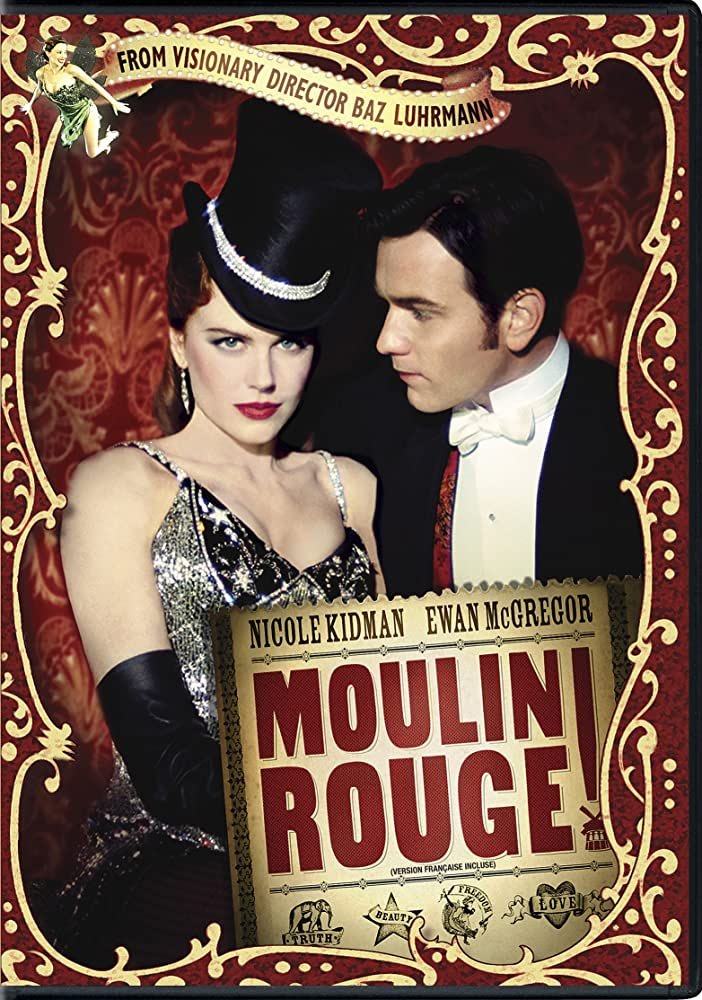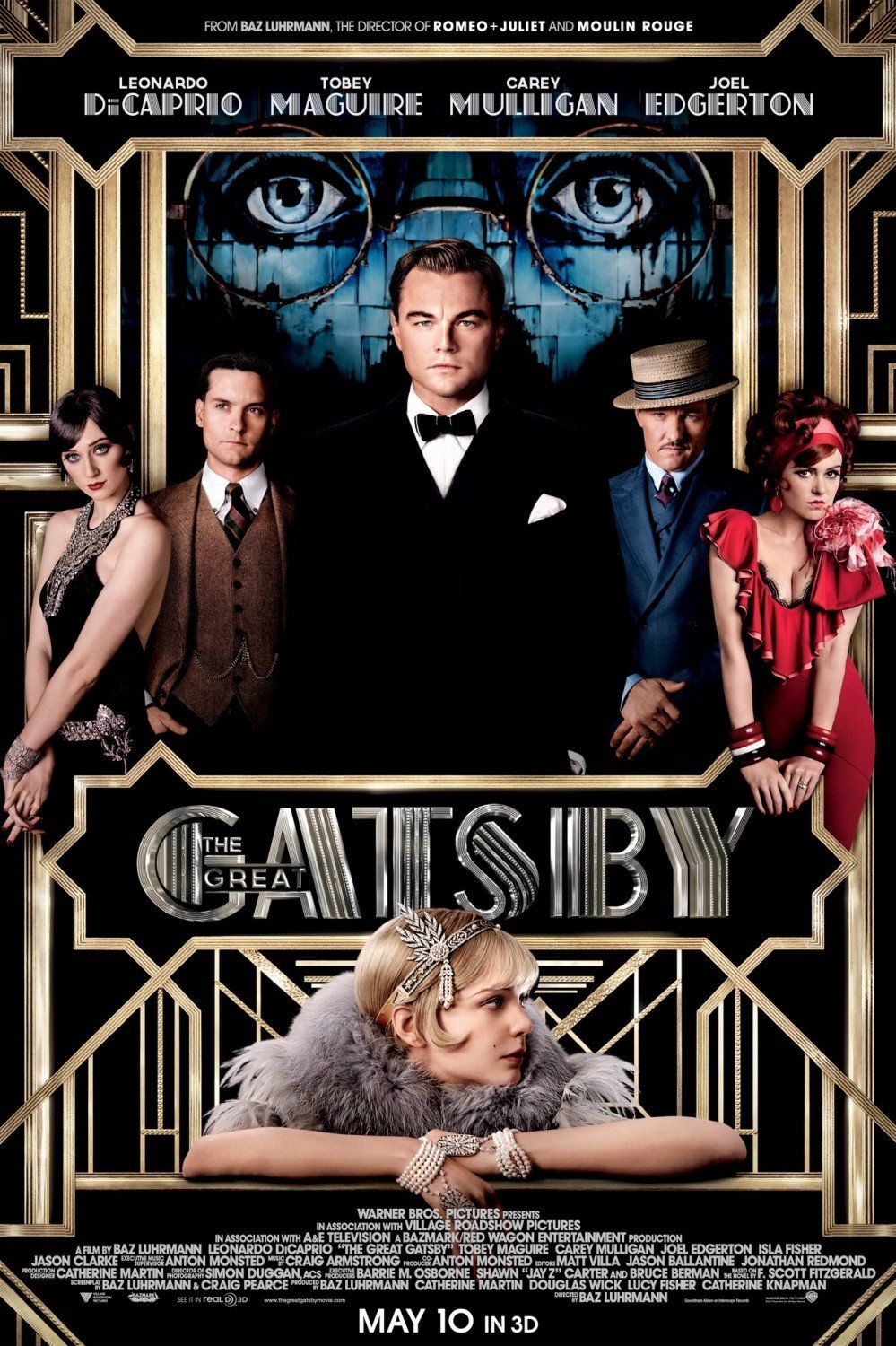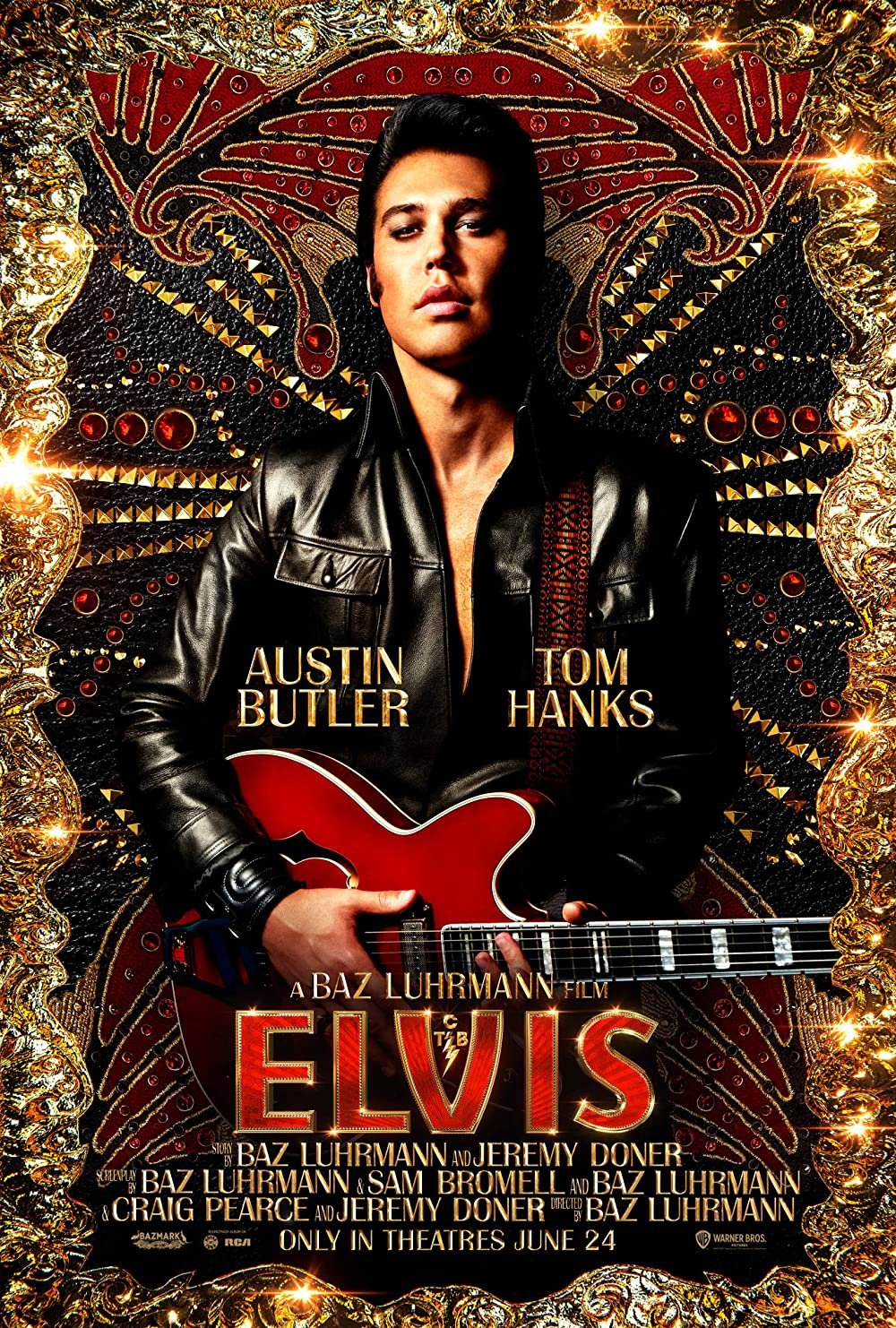The Flamboyant Filmography of Baz Lurhman
Following the recent Oscars ceremony, where Everything, Everywhere All at Once won seven awards including best picture, it's safe to say that maximalism has hit a golden era in 2022 cinema. The grandeur, drama, and emotional exuberance beg to be experienced on a massive canvas, particularly in a post pandemic period where films are typically streamed. This Italian Baroque inspired style of filmography has dominated American theaters as of late with box office sensations such as Everything, Everywhere, Avatar: The Way of Water, and Elvis garnering a lot of award buzz this year, but why the sudden interest? The tastes of moviegoers are always swinging like a pendulum and, after a dreary 2021, audiences are craving some passionate theatricality. And who better to fill this stylistic void than Australian director, Baz Lurhman; An auteur to most and a visual stranger to none. He has, without a doubt, been one of the most distinctive voices in extremist filmography with an illustrious oeuvre spanning six movies over forty years. However, his distinctive directional style has not come without critiques from those who believe he favors style over substance; that they are too indulgent, or too flashy. While they make a valid point, Lurhman is undoubtedly an extreme maximalist and an amazing storyteller whose exuberance always results in an unforgettable experience. Regardless, we can at least recognize him for what he truly is: an original.
Romeo + Juliet, (1996)
“You know, nobody begged me to make a Shakespeare”
We all know the story of Shakespeare’s tragedy: two households of fair Verona Beach, the Montagues and the Capulets, and that ‘from the fatal loins of these foes comes a pair of star-crossed lovers, whose tragic ending will end the conflict”. Romeo and Juliet, William Shelaespere’s immortal love affair, is radicalized in a world of Dolce & Gabbana outfits, Prada suits, Hawaiian shorts, and 90s heartthrobs, of course. DiCaprio and Danes were not the only reasons the film became such a cult classic, however. Yes, there was its iconic soundtrack- The Cardigans’ 'Lovefool’ remains our favorite song in the film – but there’s the fantastic costuming. For that, we have designer Kym Barrett to thank, who had previously worked with Lurhman. R+J (1996) is the second installment of Lurhman’s Red Curtain Trilogy, though not a trilogy in the traditional sense, but each movie contains a distinct theater motif: Dance in the first film, Strictly Ballroom (1992), poetry and language in the second, and song in the third. His characters speak plainly and from the heart but the language may put off first time viewers, where style is prioritized over substance. But in typical Lurhman fashion Shakespeare isn't just referenced, he is adorned with sparkles and glitter. The film’s soundtrack embodies the teen-moodiness centric to the adaptation, featuring Garbage, Des’ree, and the Cardigans. Radiohead conveys the sense of doom felt throughout the film with “Talk Show Host” and alongside, “Exit Music (For a Film)”, which played over the end credits. Romeo + Juliet is absolutely emblematic of the director’s style filled with disorienting editing, exaggerated acting, and extravagant costumes.
Moulin Rouge! (2001)
“They called her the “Sparkling Diamond”,and she was the star of the Moulin Rouge”.
Musicals were a dying genre at the time in American cinema but Lurhman gave a new life to the “old-fashioned” style by borrowing elements from the Puccini opera “La boheme” and Bollywood cinema. Moulin Rouge! is the epitome of the aesthetic of excess; everything is overwhelming but cohesive, much like the exclamation point in the title. The film recounts the love story of a young Parisian writer and the star, Satine, in a story that slips porously between the ordinary and the extraordinary. The camera flies over the Parisian skyline, swoops into various apartments, and finally darts into the Moulin Rouge nightclub for the extravagant opening number. This was the final installment in the Red Curtain Trilogy and the first of Lurman’s films to win an Academy Award for costume design with other nominations including Best Picture and Best Actress for Nicole Kidman. Each scene brings a more fabulous look than the last: “She’ll sing “Diamonds Are a Girl’s Bestfriend” in a crystal-embellished, fringed mini dress…then dance to a number like “Rhythm of the Night” wearing a fitted bustier with a dramatic feathered train”, says Vogue. The costumes, inspired by late 1800s fashion, not only contributed to cinematic history, but fashion history too. The editing is frantic, the scenes are over the top, and McGregor and Kidman’s performances come from the opera. Cristina Agulera and Nirvana perform alongside the Rouge dancers. Every musical number can be described as excessive and cartoonish but that's Lurhman’s intention. The film stands today as his maximalist magnum opus because of its hyper-stylized aesthetic and unforgettable costume design.
The Great Gatsby (2013)
“And I like large parties, They’re so intimate.”
Leonardo DiCaprio (again!) and Carey Mulligan’s characters play our second pair of starcrossed lovers as Jay Gatsby and Daisy Buchanan to adapt F. Scott Fitzgerald’s The Great Gatsby onto film. Lurhman’s fascination with American cultural mythology developed at the turn of the century and he began focusing on the disillusioned concept of the American Dream. The costuming accurately reproduces these themes while reflecting the character’s personalities through the lace, fringe, and pearls. His aesthetic is often criticized as a shallow engagement with cinematic style but the excessiveness is essential to Gatsby’s storytelling substance, featuring a contemporary soundtrack of Lana Del Rey and Jay Z. Not only did his approach to the story capture the essence of the Roaring Twenties, it also started a discussion about the drama’s socioeconomic themes. He is enchanted by the romantic angle of Jay Gatsby but this romanticism is ultimately at odds with the social critique of materialism and inequity that Fizgerald establishes. While Lurhman is a creative innovator, he is not one to provoke the social order of his adaptations. This would become central to his uncritical portrayal of Elvis in the 2022 film.
Elvis (2022)
“He’s at the center of culture, for the good, the bad and the ugly”
This brings us to his most recent spectacle, one you’ve definitely seen in a TikTok edit or Instagram Reel by now: Elvis. The film dramatizes the life of Elvis Presley from the perspective of his toxic manager, crafted by Lurhman with the characteristic extravagance of his earlier films, like Moulin Rouge! It tells a clear story while staying true to the distinct style of Baz Lurhman that audiences have come to love over the years.
Both Gatsby and Elvis explore a self-made man dealing with the complexities of fame, but it is the latter that prioritizes substance over style. The kings larger than life persona is still expressed through flashy visuals, fast pacing, and historically accurate costume design. Catherine Martin, who is Lurman’s go-to stylist, meticulously recreated each bedazzled outfit for Austin Butler. No film about the King would be worth it without that iconic leather suit. It wouldn't be a Lurhman film without a fitting contemporary soundtrack, replete with features from Stevie Nicks, Tame Impala, and Doja Cat, of course. This operatic, chaotic biopic accurately portrays American popular culture throughout the mid-century while staying relatively lighthearted.
Despite not receiving Academy praise as of late, Baz Lurhman continues to be a force in maximalist filmography. He is able to breathe a new life into his retellings with a distinct edge. With his swooping transitions, uncanny Pareisan apartment, and CGI green light, you simply know when you're watching a Baz Lurhman picture.
Written by Catherine White, Design: Peyton Bruffy , Social Media: Kate Puckett




